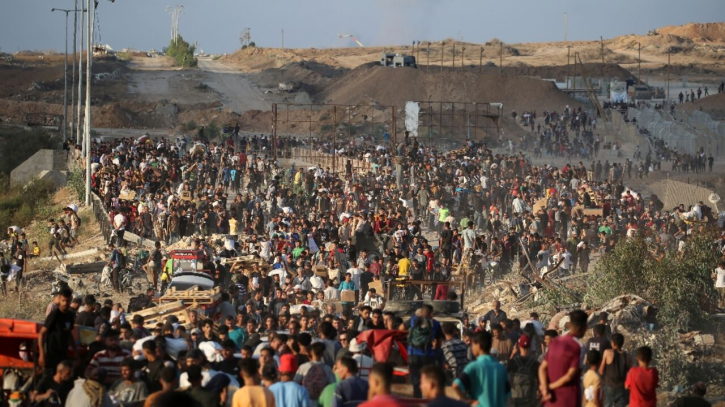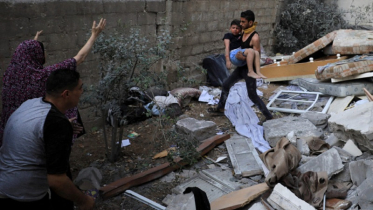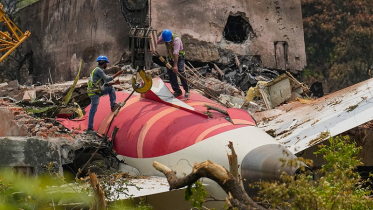Nearly 800 Gazans killed trying to access food aid since late May

Published : 00:07, 12 July 2025
The United Nations reports that at least 798 Palestinians have been killed while attempting to access food aid in Gaza since the end of May. Of those deaths, 615 occurred near distribution sites, while 183 were killed along aid convoy routes. The majority of these fatalities resulted from gunshot wounds, with many victims shot in the head, chest, or upper body. Civilians caught in deadly aid chaos. According to the UN, many of the victims were unarmed civilians, including women and children, who were trying to reach food trucks or humanitarian distribution points. In multiple incidents, chaotic crowd conditions were made worse by the firing of live ammunition, rubber bullets, and tear gas. Witnesses and aid workers report that some people were trampled while fleeing gunfire, and others bled to death due to a lack of immediate medical care.
In addition to fatalities, thousands more have been injured while trying to access aid. The few functioning hospitals in Gaza remain overwhelmed, understaffed, and short on critical supplies. Humanitarian access remains limited Despite repeated international appeals, only a limited number of aid convoys are entering Gaza, and many face delays or are turned back at checkpoints. The Kerem Shalom and Rafah border crossings—key entry points for humanitarian assistance—remain either closed or severely restricted. Humanitarian agencies have warned that the scale of aid reaching the enclave is vastly insufficient to meet the needs of the population. The UN estimates that over 1.1 million people in Gaza are facing catastrophic levels of hunger, with some areas experiencing conditions that meet the threshold for famine.
Politicized aid and lack of safety. The controversial Gaza Humanitarian Foundation (GHF), responsible for coordinating much of the current aid distribution, has been widely criticized for its lack of transparency, poor planning, and heavy reliance on military escorts. Many of its aid drops occur in open areas without proper crowd control or advance notice, creating chaos as thousands rush in desperation. The presence of armed forces at distribution sites has further fueled tensions. Human rights groups accuse Israeli forces and private contractors of using disproportionate force, including deadly shootings against unarmed civilians.
UN demands accountability The UN Office of the High Commissioner for Human Rights has demanded an independent investigation into the killings. UN officials say the current humanitarian response cannot continue under such dangerous and unregulated conditions. They are calling for the creation of safe humanitarian corridors, proper distribution infrastructure, and full protection for civilians under international law. The broader crisis The humanitarian disaster in Gaza has unfolded against the backdrop of a devastating war that began in October 2023, following a deadly Hamas-led attack on southern Israel. In response, Israel launched a prolonged military campaign that has resulted in widespread destruction across Gaza. As of July 2025, over 57,000 Palestinians have been killed, and more than 70% of the population has been displaced. Water, electricity, and sanitation systems have collapsed, and access to health care is virtually nonexistent in many areas. The UN has warned that without immediate and unrestricted humanitarian access, the situation could spiral into an irreversible famine and public health catastrophe.
Source- United Nations Office of the High Commissioner for Human Rights, Reuters, Al Jazeera, The Guardian, WHO, UNICEF, UNRWA.
BD/S











